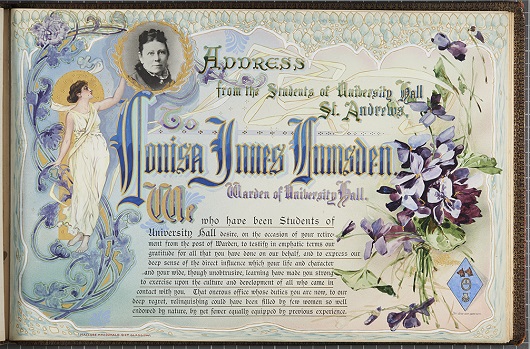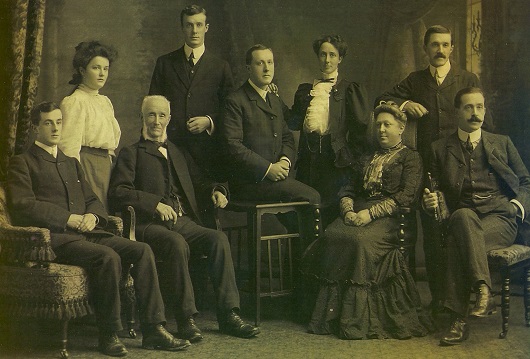Body snatchers to politicians – the secret history of St Andrews

From body-snatchers to poets, inventors and politicians, a new online database at the University of St Andrews is providing a fascinating insight into the lives of former staff and students.
The University of St Andrews Biographical Register reveals extensive details of nearly 12,000 students and staff who studied or worked at the university between the middle of the eighteenth and the end of the nineteenth centuries.
Compiled by former Keeper of Muniments Robert N Smart, the searchable website provides the details of 21 inventors, 25 poets, 71 politicians and three body-snatchers. The list even includes three signatories to the American Declaration of Independence, a conchologist and two people who are described as having “went to the bad”.
John Simpson and David Ramsay were students who left the university after being involved in a body-snatching case, and Martin Eccles worked as a doctor in Edinburgh before he is cited as being “[a]ccused of resurrectionist activities” – a scandal for the son of an Edinburgh doctor.

Another troubled former student, David Don Watson, “went to the bad” after becoming a “correspondent in divorce case”, being fined for skipping his train fare in 1898 and eventually being jailed and declared bankrupt after conviction for “theft by paramour”.
Dr Alice Crawford, Senior Librarian (Digital Humanities & Research Computing) at the University, said: “This fascinating resource reveals the tales of the many lives which have been touched and formed by the University of St Andrews. For the first time the public can now search for this information online and see what an influence the university has been on the movers and shakers of the era.”
The database, which covers the years 1747 to 1897, can be searched for information about students’ degree courses and qualifications, their dates of birth or baptism, place of schooling and attendance at other institutions of higher learning.
Anything known about students’ subsequent careers is also recorded, as are dates and places of death. If publications by a student or member of staff have been traced, these are listed too.
Included are alumni Isaac Wilson who officiated at the birth of Queen Victoria; Samuel Foart Simmons who treated the madness of King George III; Michael Cudmore Furnell who discovered chloroform as an anaesthetic in 1847; John Leslie who invented the differential thermometer; and Alister Forbes Mackay, the first explorer to reach the magnetic south-pole in 1908.
Originally compiled for the 2004 print edition of the Register the data has now been made searchable by the University.
Image captions
News thumbnail: Amos Ingham
Amos Ingham, who signed the death certificate of Charlotte Bronte, by an unknown photographer, 1855 to 1864. StAUL: Alb-113-24-1
Top: A presentation album for Louisa Innes Lumsden
Presentation album for Louisa Innes Lumsden (St Leonards headmistress), warden of University Hall, from the students of University Hall, on the occasion of her retirement. June 1900. StAUL: ms38672.
Middle: Blackadder family portrait, 1907
University’s first woman graduate, Agnes Forbes Blackadder, with her family; Agnes is standing in the middle, fourth from the right. Portrait of the Blackadder family, taken December 1907 in Broughty Ferry. From left to right: Thomas Blackadder, Helen Blackadder, Robert Blackadder, Robin Blackadder, David Blackadder, Agnes Savill (née Blackadder), Agnes Blackadder (née Sturrock), Henry Blackadder and Willie Blackadder. StAUL: GPS-BlackadderA-1. Courtesy of the Decker Family
Issued by the University of St Andrews Communications Office, contactable on 01334 467310 or [email protected].
Category Research